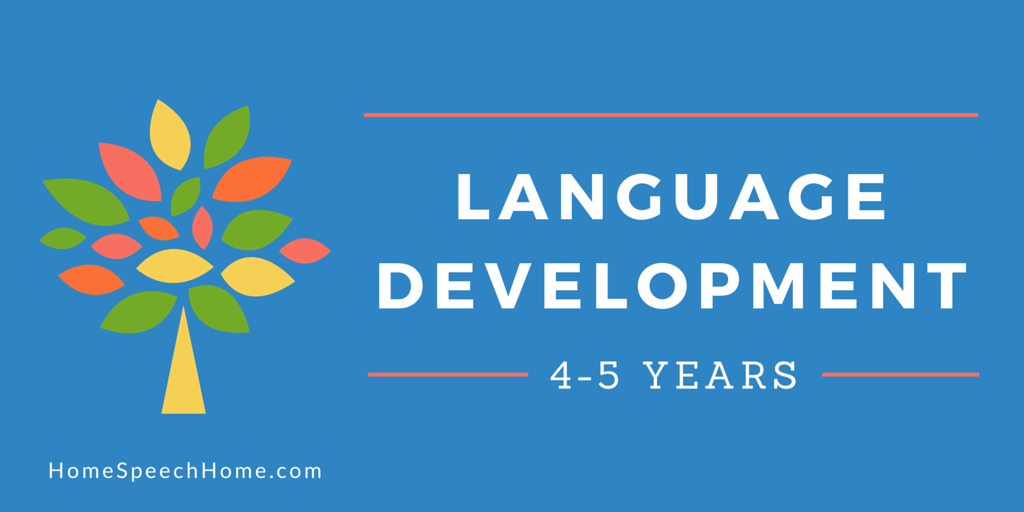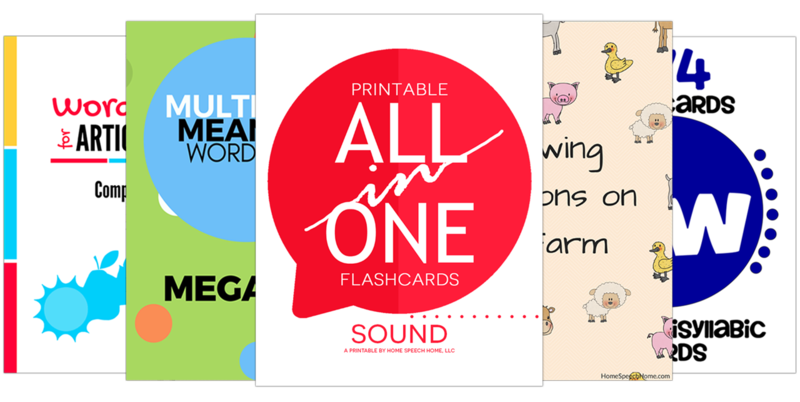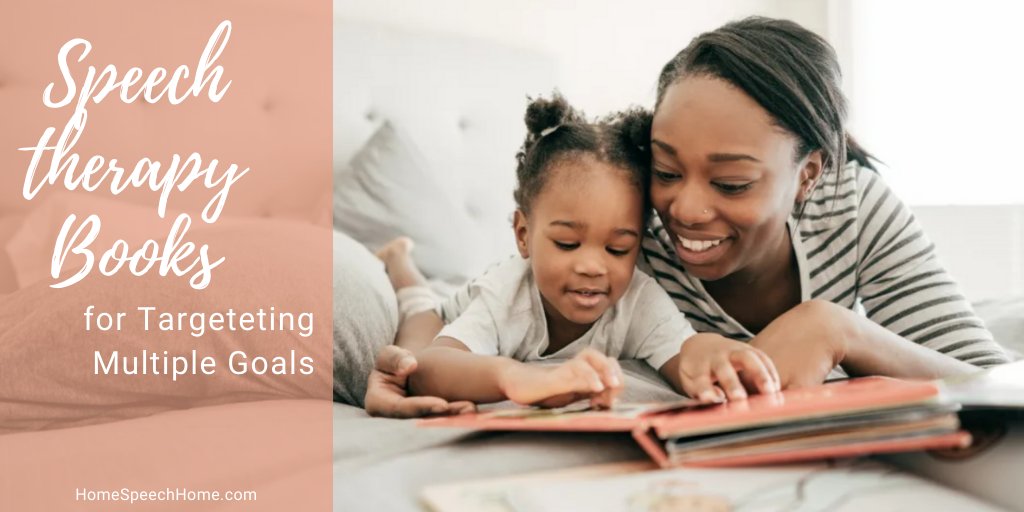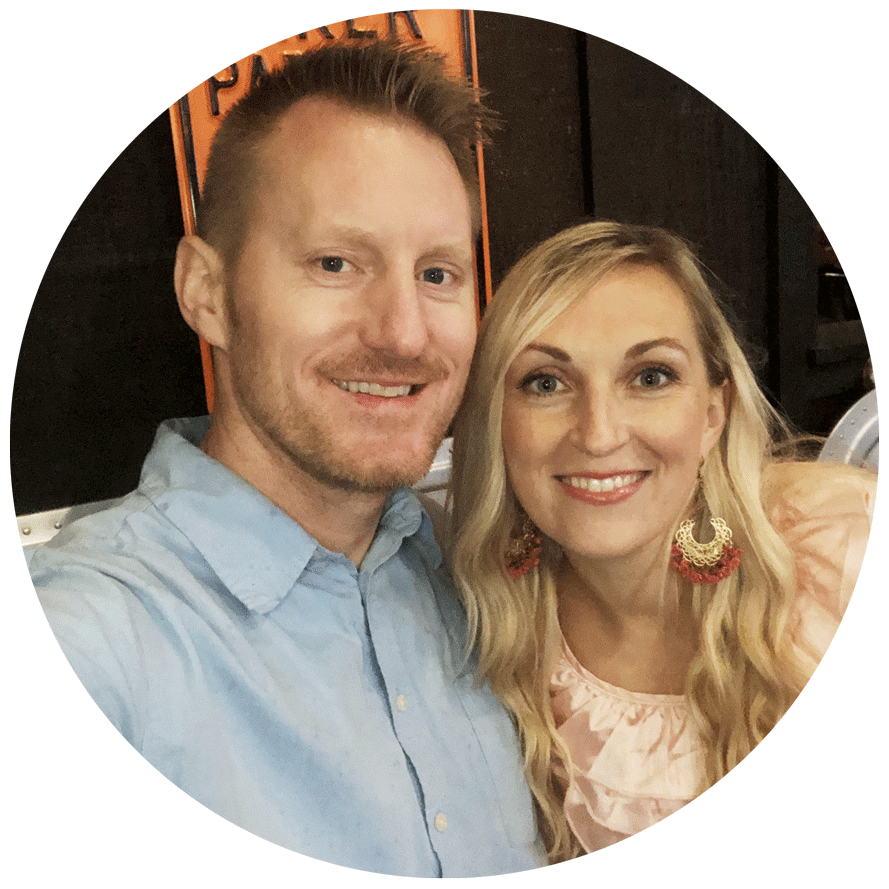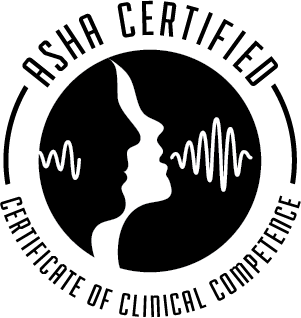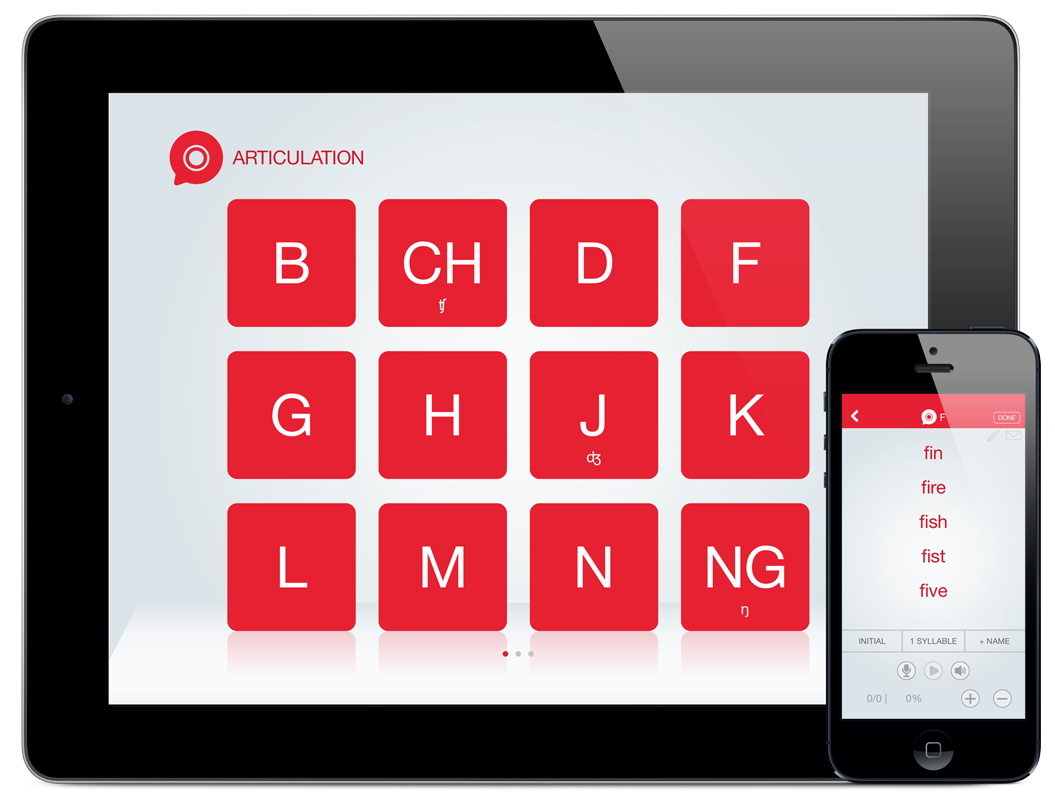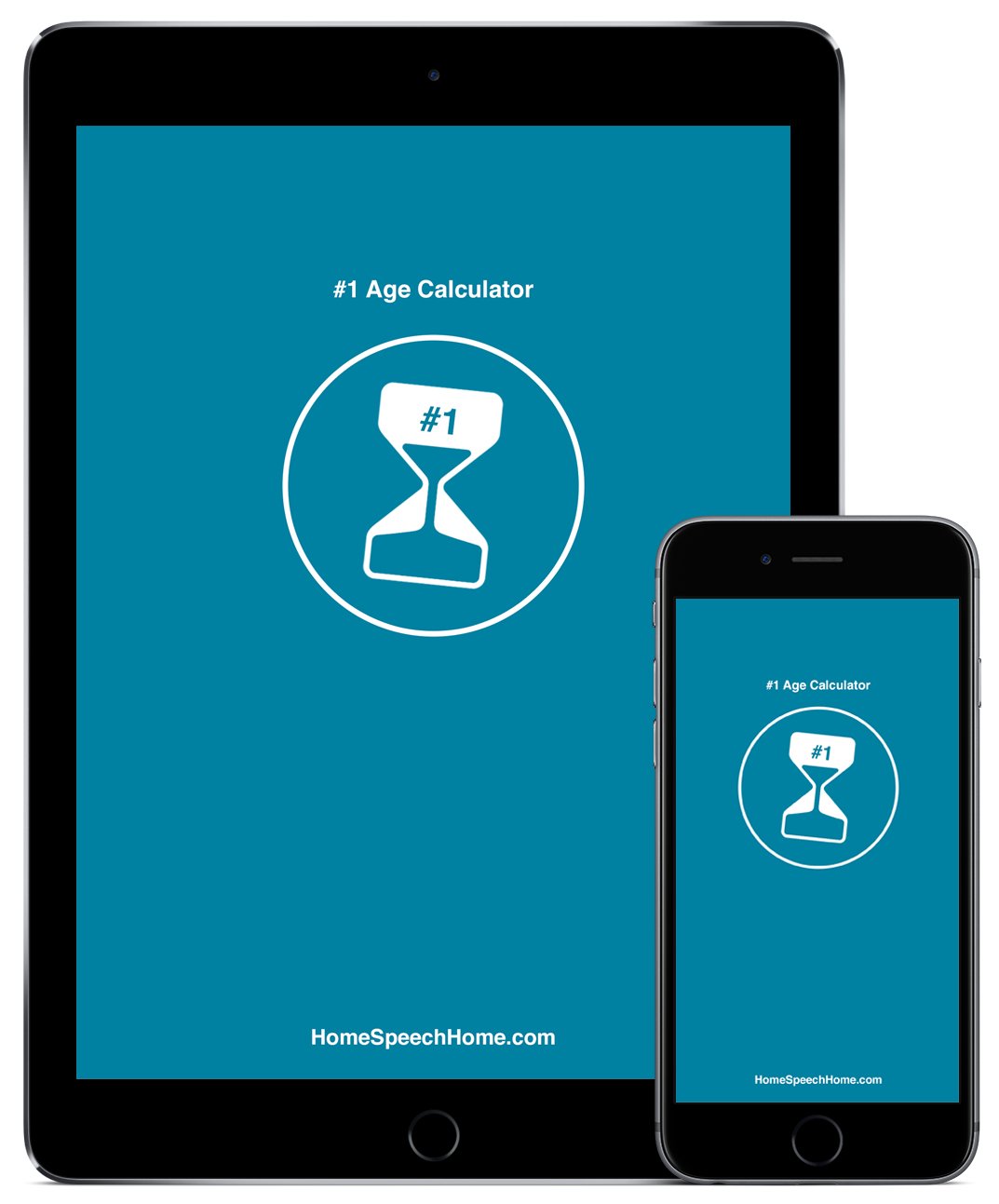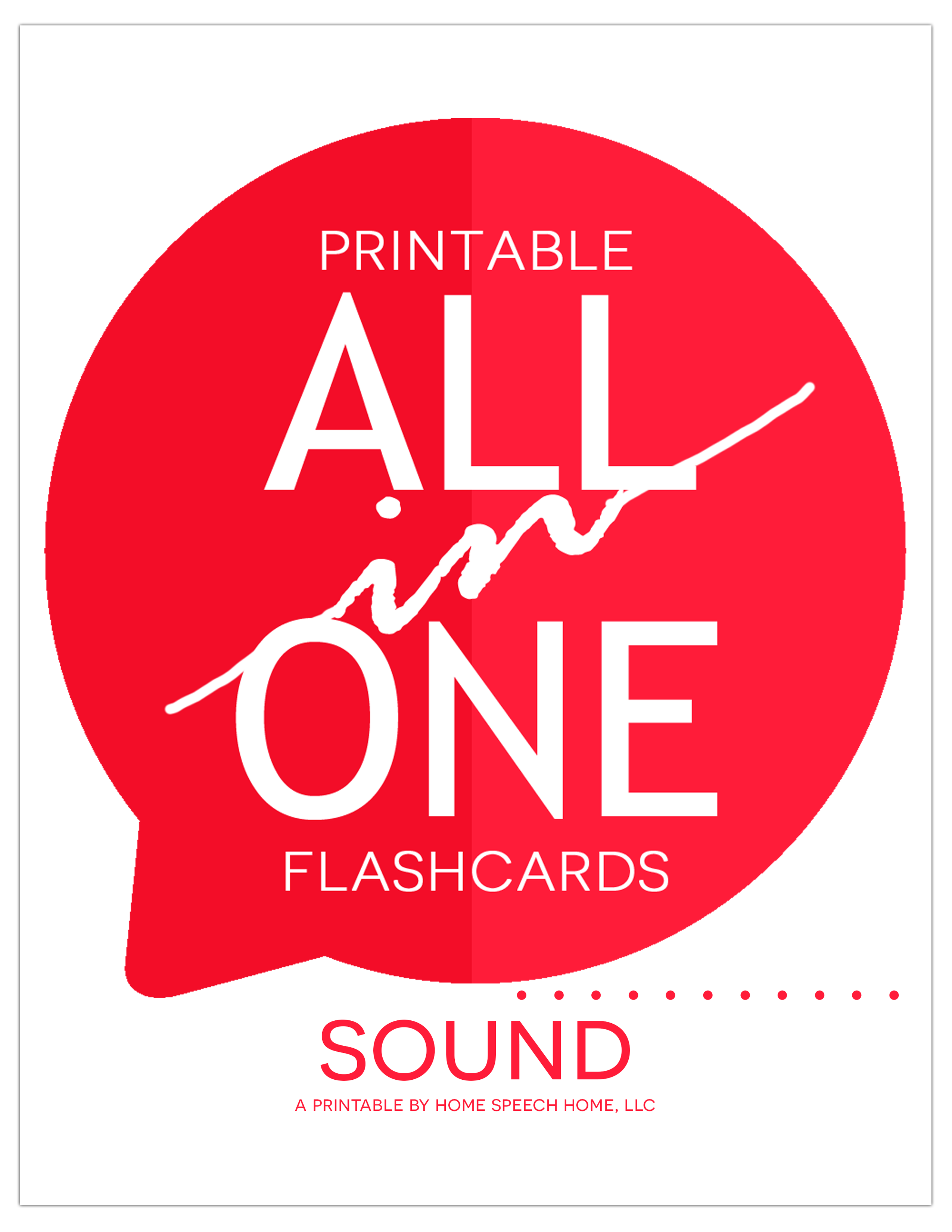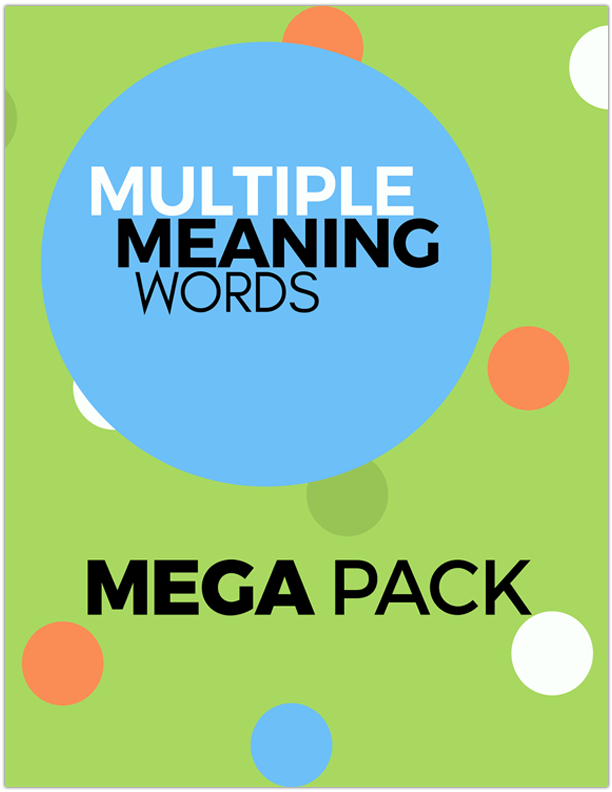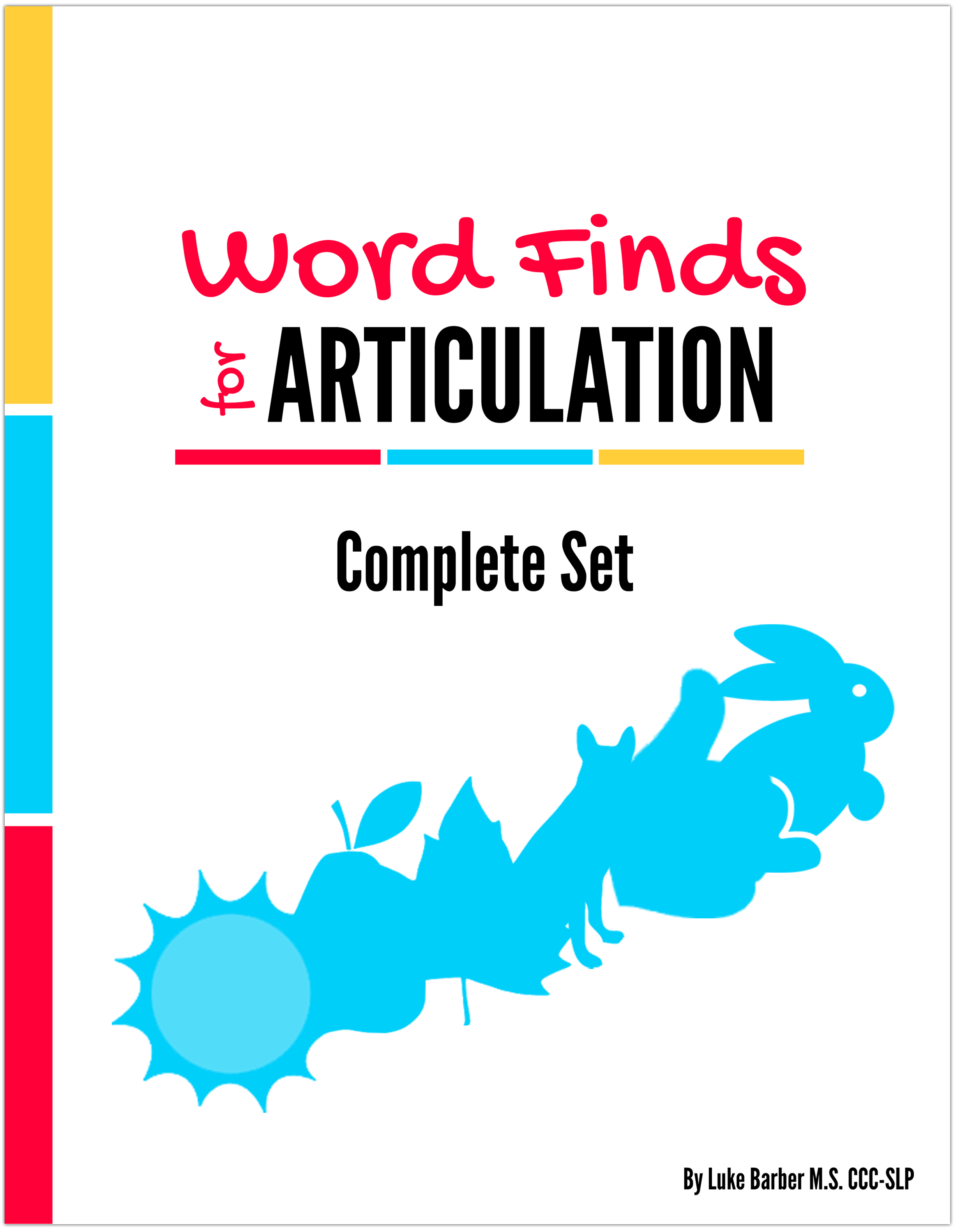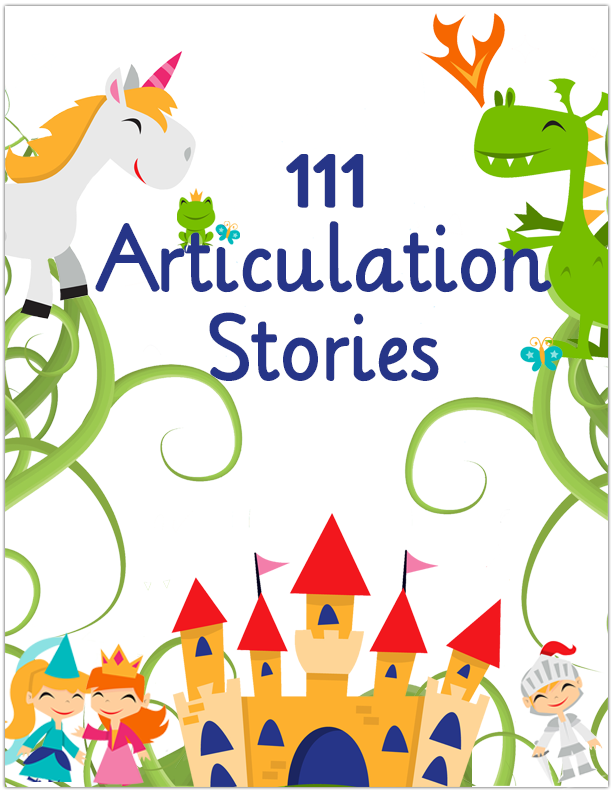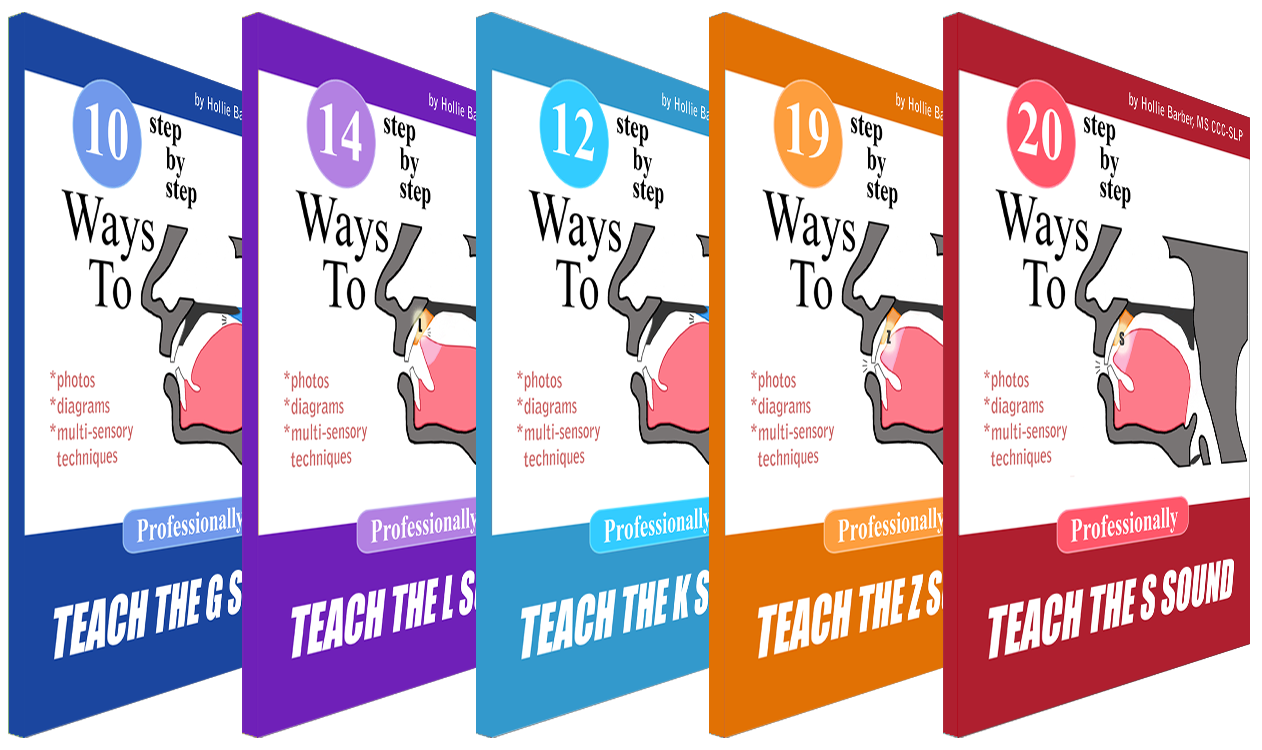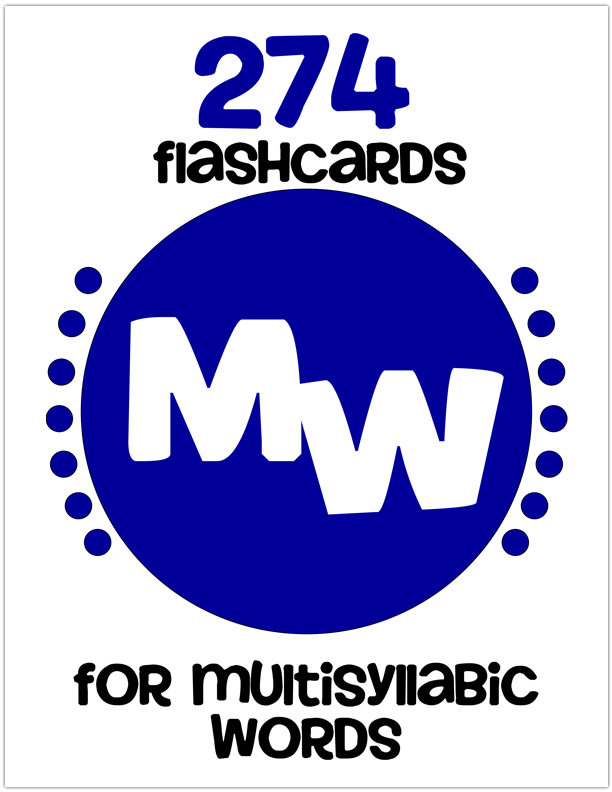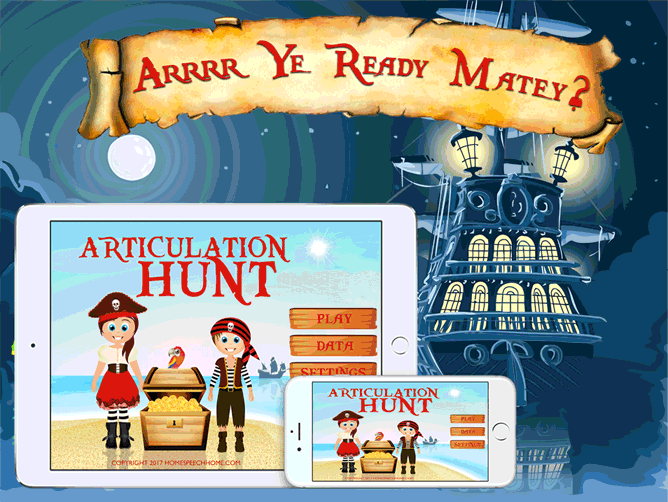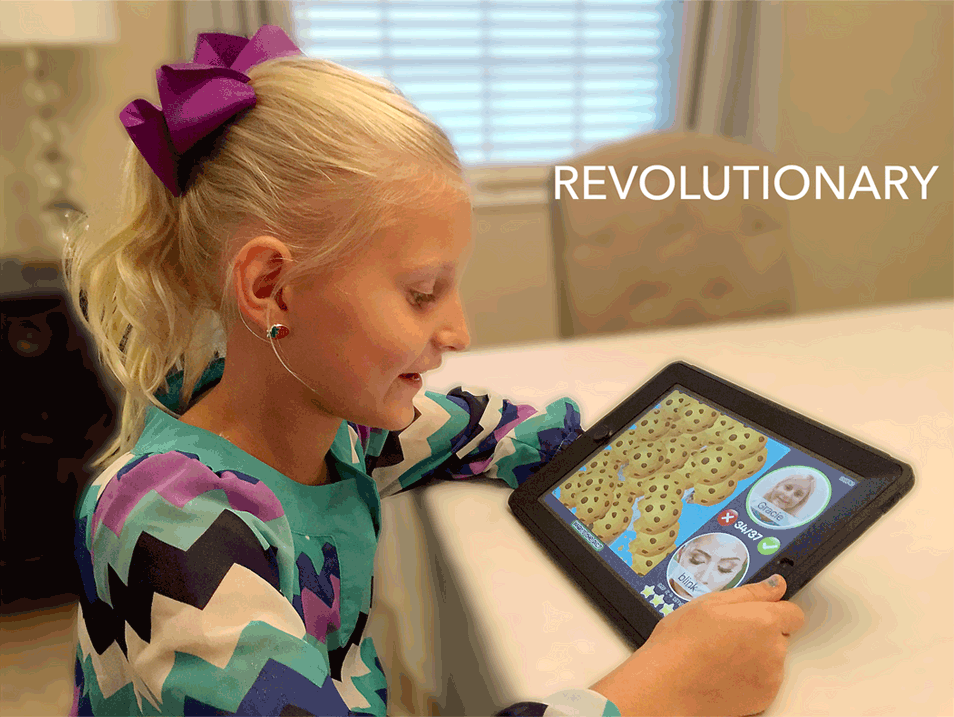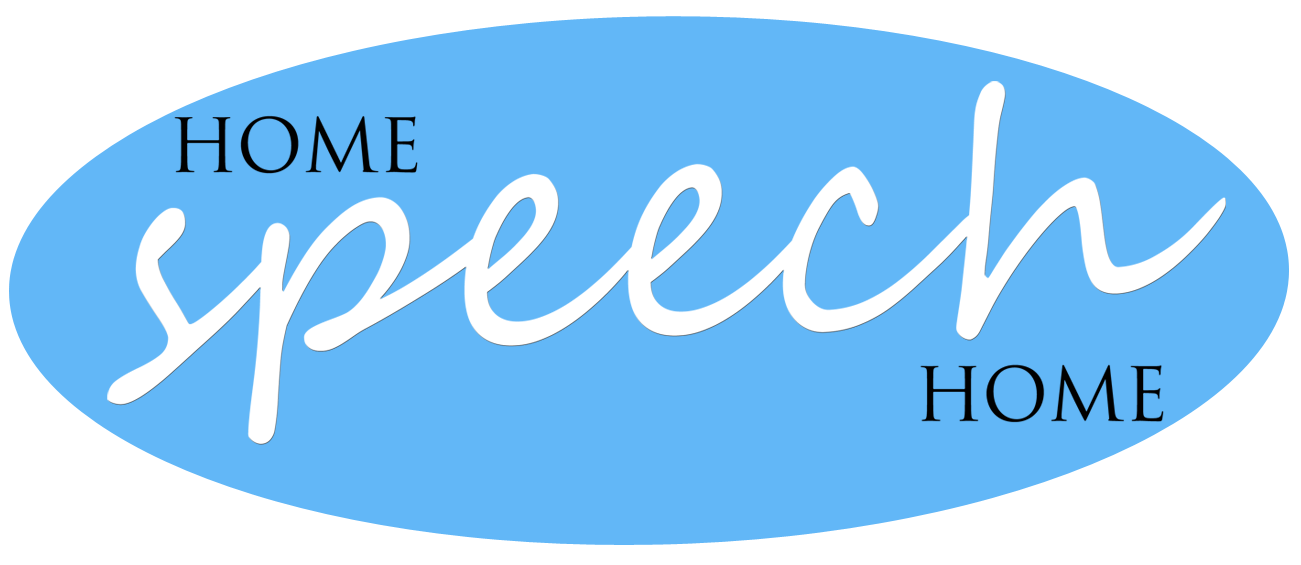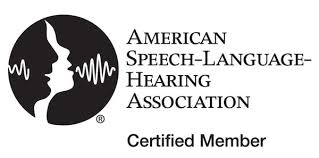Language Development in
Children 4-5 Years
What Should My Child Be Doing?
Language development in children 4-5 years: At this age your child is well on their way to understanding and using complex language abilities.
With as much as your child is learning it is important that you set a good example of language skills.
Remember that even though they are soaking up information like a sponge they still don't know how to "use it all" the right way.
Now I realize that all of us don't use "perfect grammar" all the time and sometimes we use uncommon slang words, so I'm just suggesting...
...that you use good judgement.
Explore Our Goal Achieving, Client Centered Products
Keep in mind that during this time, they are developing the language skills that they will use throughout their lives.
Back to top of language development in children 4-5 years
4 Years (48 Months)
Expressive Language / What the Child Says
- Asks "WHEN?" (54 months)
- Asks "HOW?"
- Uses prepositions "on top, between"
- MLU (Mean Length of Utterance/ Average Sentence Length)
4 years = 4.4 words
4.5 years = 5 words
Uses These Grammar Parts/ Brown's Morphemes:
- "Regular Past Tense -ed" (26-48 months)
Examples:
"He pushed me."
"She walked fast." - "3rd Person Singular" (26-48 months)
Examples:
"Mommy jumps."
"He smiles a lot." - "Contractible copula" (29-49 months)
Examples:
"That's mine."
"He's big." - "Irregular 3rd person" (28-50 months)
Example:
does, has - "Contractible auxillary" (30-50 months)
Examples:
"Daddys drinking juice."
"Joey's my best friend."
Back to top of language development in children 4-5 years
Complex Grammar Development
- Uses modifier nouns (which, who, that, what)
Examples:
"The girl who is smiling is nice."
"The book that is red is mine." - Uses the words "if, so, because, when"
- Uses words such as "let, make, watch, help"
- Uses comparative clauses such as "is ___er than...", "as ____ as ____"
Examples:
"Your cookie is bigger than my cookie."
That hill is as tall as my house."
Receptive Language / What the Child Understands
- Follows 3 step directions and multi-step unrelated commands
- Answers more complex "who", "what", "where", "why" questions and simple "when" and "how" questions
Narrative Development
- Stories are primitive narratives (4 to 4 ½ years)
- Mainly action sequences with an initiating event, action, attempt, and maybe a consequence but no resolution
- Contain at least 3 story grammar elements (example: setting, characters, plot)
Example:
There was a big stick in the road. It was blocking my way so I tried to turn. But then I crashed my bike into it.
Back to top of language development in children 4-5 years
Phonological Awareness (4 years)
- Breaking words into syllables begins (bu-tter-fly = 3 syllables, mo-mmy = 2 syllables)
- Rhyming increases
- Alliteration increases (aware of words beginning with the same letter)
Examples:
"Mommy made magic marshmallows"
"Daring daddy dove deep" - Segmentation, blending, and manipulating of words and syllables increases
Examples:
Put the words "butter" and "fly" together and you get..."butterfly"
Take "room" off of "bedroom" and you get... "bed"
Change "cat" to a new word by putting "p" in the front and it becomes... "pat"
Take the "t" off the end of "cat" and you have... "ca"
Put "s" on the end of "cat" and you have... "cats" - Letter sounds and symbol awareness increases (grapheme/phoneme awareness)
Example:
"S" is the name of the letter, it makes the "ssss" sound, and it looks like...S.
Back to top of language development in children 4-5 years
Social/Play
- Gives and takes turns and maintains a conversation
- Reports on past events
- Reasons out loud with words
- Predicts or makes guesses
- Expresses empathy
- Creates imaginary roles or props
- Seeks out a consistent friend and plays with them
- Plays with 2 or 3 children at a time
- Accepts reasonable compromise from adults
- Participates during group activities with an adult leader
- Gets another child's attention before commenting to them
- Encourages, praises, and makes requests of peers
- Responds to peers requests
- Begins to hint requests that do not mention the intention in the request "those smell good!")
- Begins to address specific requests for clarification (when others say they don't understand, the child changes his/her words and tries to explain better what he/she meant)
Back to top of language development in children 4-5 years
SEE ALSO: The Best Free App for Speech Therapy
5 Years (60 Months)
Expressive Language / What the Child Says
- Asks "WHEN?" (54 months)
- Uses prepositions "behind, below"
- MLU (Mean Length of Utterance/ Average Sentence Length)
5 years = 5.6 words - Uses a variety of words, not just the same ones over and over
Total # of words in 100 utterance speech sample: 439-602
Total # of different words in 100 utterance speech sample: 156-206
Uses These Grammar Parts/ Brown's Morphemes:
- "Contractible copula" (29-49 months)
Examples:
"That's mine."
"He's big." - "Irregular 3rd person" (28-50 months)
Example:
does, has - "Contractible auxillary" (30-50 months)
Examples:
"Daddys drinking juice."
"Joey's my best friend."
Complex Grammar Development
- Uses conjunction words (example: and, so, but, or)
Receptive Language / What the Child Understands
- Follows 3 step directions and multi-step unrelated commands
- Answers more complex "who", "what", "where", "when", "how" and "why" questions
Narrative Development
- Stories are chain narratives (4 ½ to 5 years)
- Complete basic episodes with cause/effect relationships and temporal relationships but the plot is still not strong
- Contain at least 4 story grammar elements (example: setting, characters)
Phonological Awareness (5-7 years)
- Rhyming solidifies, they know the onset (the beginning sound that changes) and the rime (the last part of the word that rhymes)
Example:
"prk" and "bark" rhyme ("p" and "b" are the onsets, "ark" is the rime)
"witty" and "kitty" rhyme ("w" and "k" are the onsets, "itty" is the rime) - Alliteration solidifies, they can identify words beginning with the same letter.
Example:
"Mommy made magic marshmallows"
"Daring daddy dove deep" - Segmentation, blending, and manipulating of words and syllables solidifies
Example:
Put the words "butter" and "fly" together and you get... "butterfly"
Take "room" off of "bedroom" and you get... "bed"
Change "cat" to a new word by putting "p" in the front and it becomes... pat"
Take the "t" off the end of "cat" and you have... "ca"
Put "s" on the end of "cat" and you have... "cats" - Letter sounds and written letters/symbols that go with them solidifies (grapheme/phoneme correspondence)
Example:
They know "S" is the name of the letter, it makes the "ssssss" sound, and it looks like this... S.
Back to top of language development in children 4-5 years
SEE ALSO: The Best Books for Speech Therapy Practice
Social/Play
- Gives and takes turns and maintains a conversation
- Reports on past events
- Reasons out loud with words
- Predicts or makes guesses
- Expresses empathy
- Creates imaginary roles or props
- Seeks out a consistent friend and plays with them
- Plays with 2 or 3 children at a time
- Accepts reasonable compromise from adults
- Participates during group activities with an adult leader
- Gets another child's attention before commenting to them
- Encourages, praises, and makes requests of peers
- Responds to peers requests
- Hints requests that do not mention the intention in the request ("those smell good!")
- Ability to address specific requests for clarification increases (when others say they don't understand, the child is better at changing his/her words and explaining better what he/she meant)
Back to top of language development in children 4-5 years
Activities and Product Discounts, Oh My!
Sign up for Terrific Therapy Emails
Your information is 100% private & never shared.
Homepage
>
Speech & Language Milestones 4-5 Years
